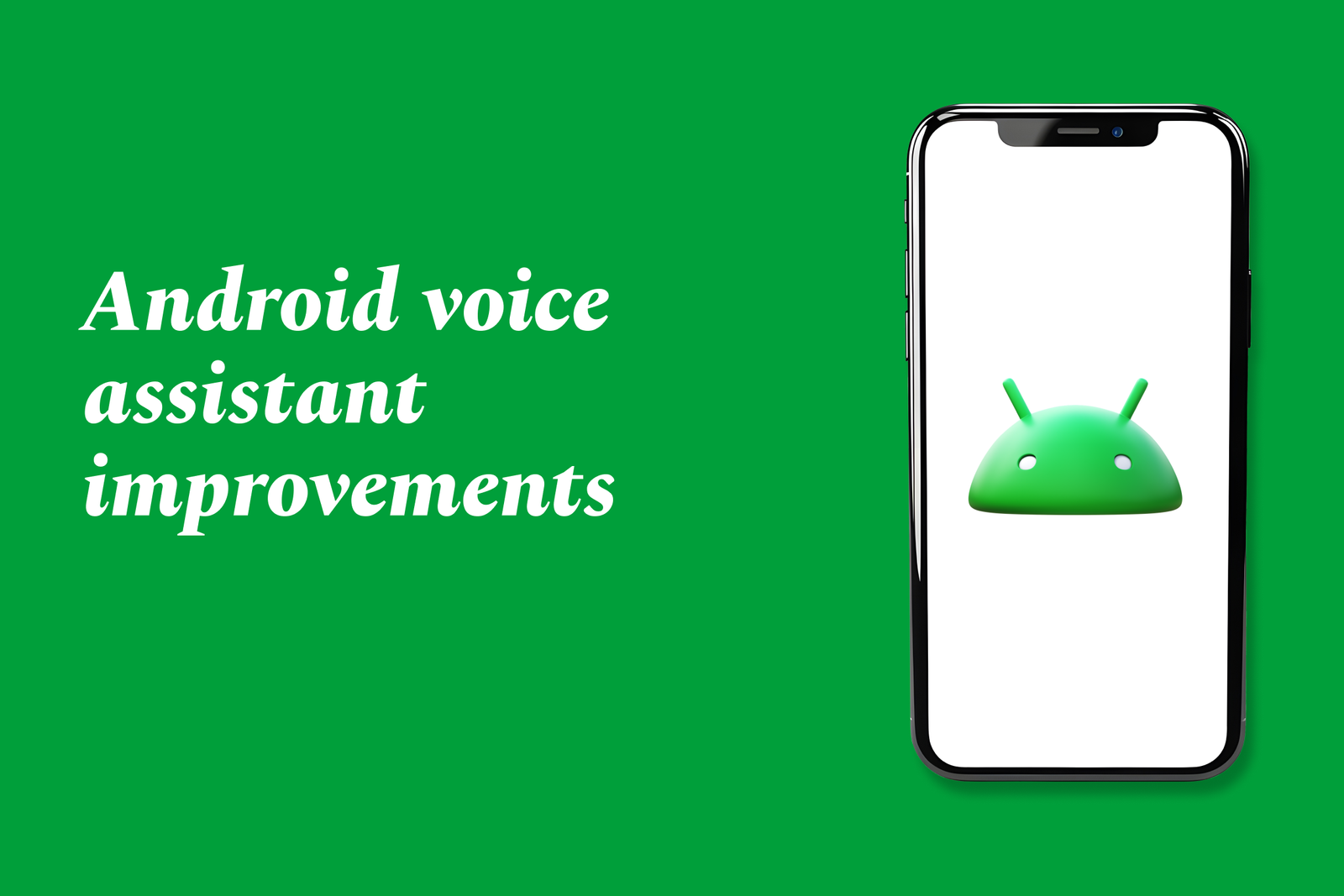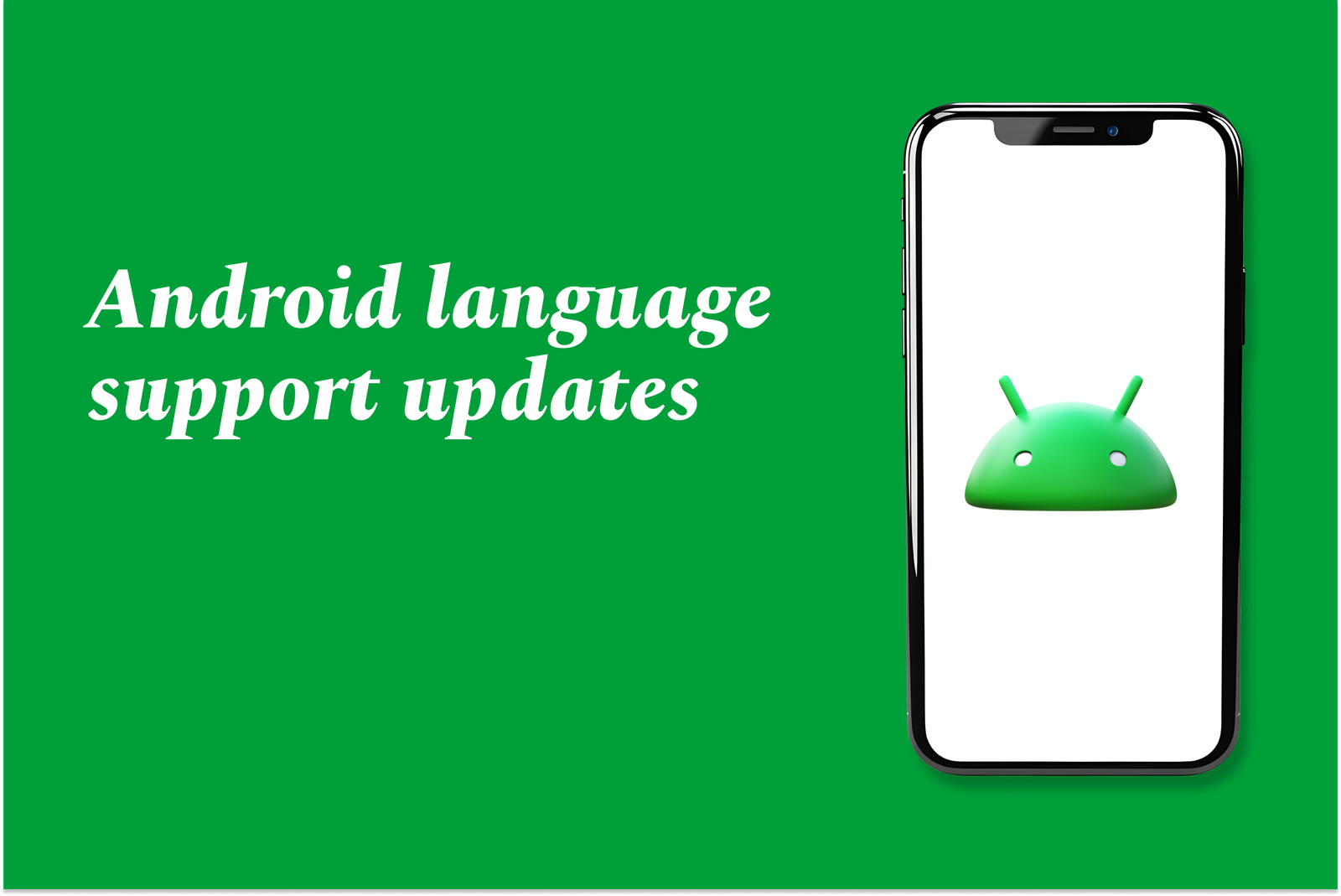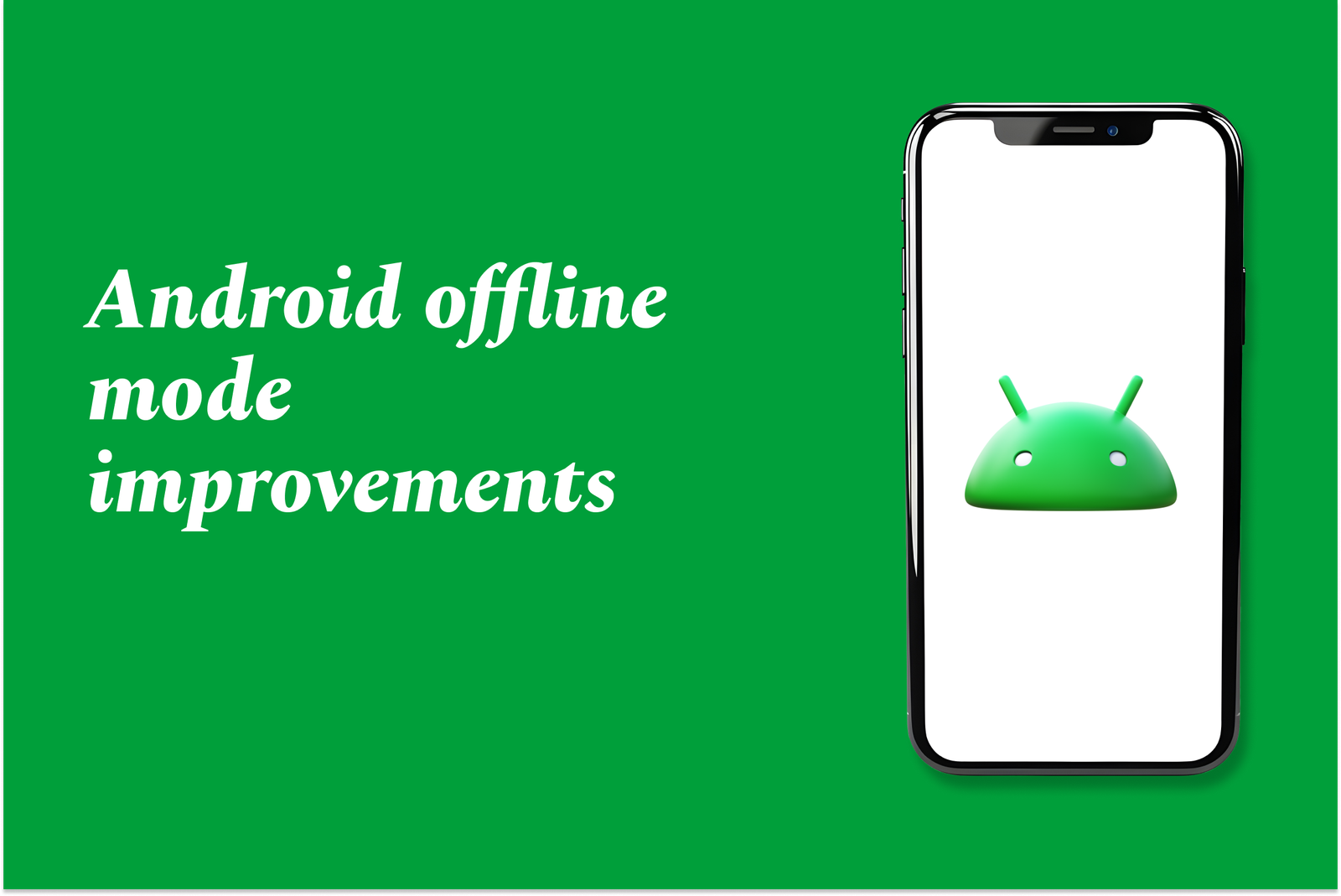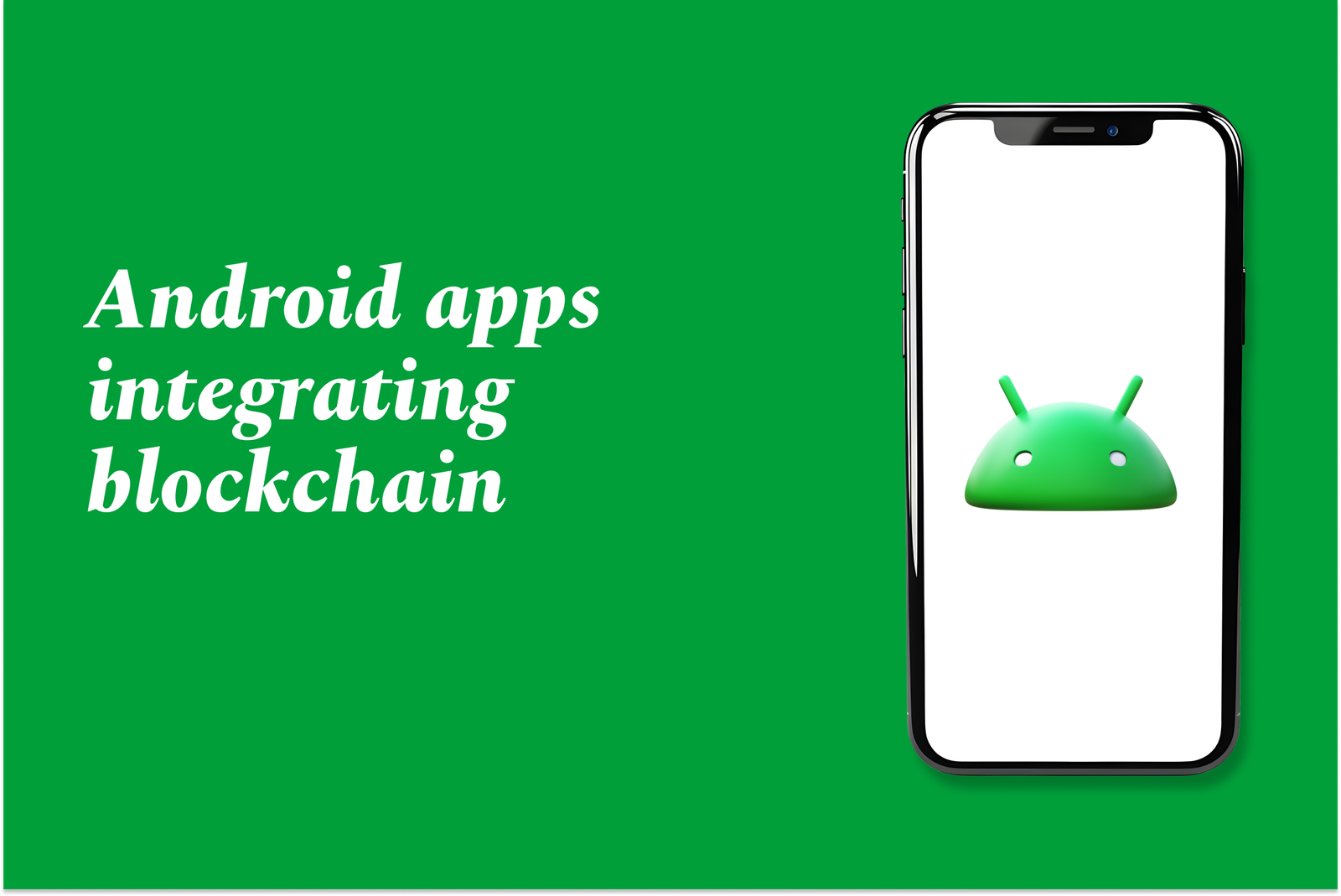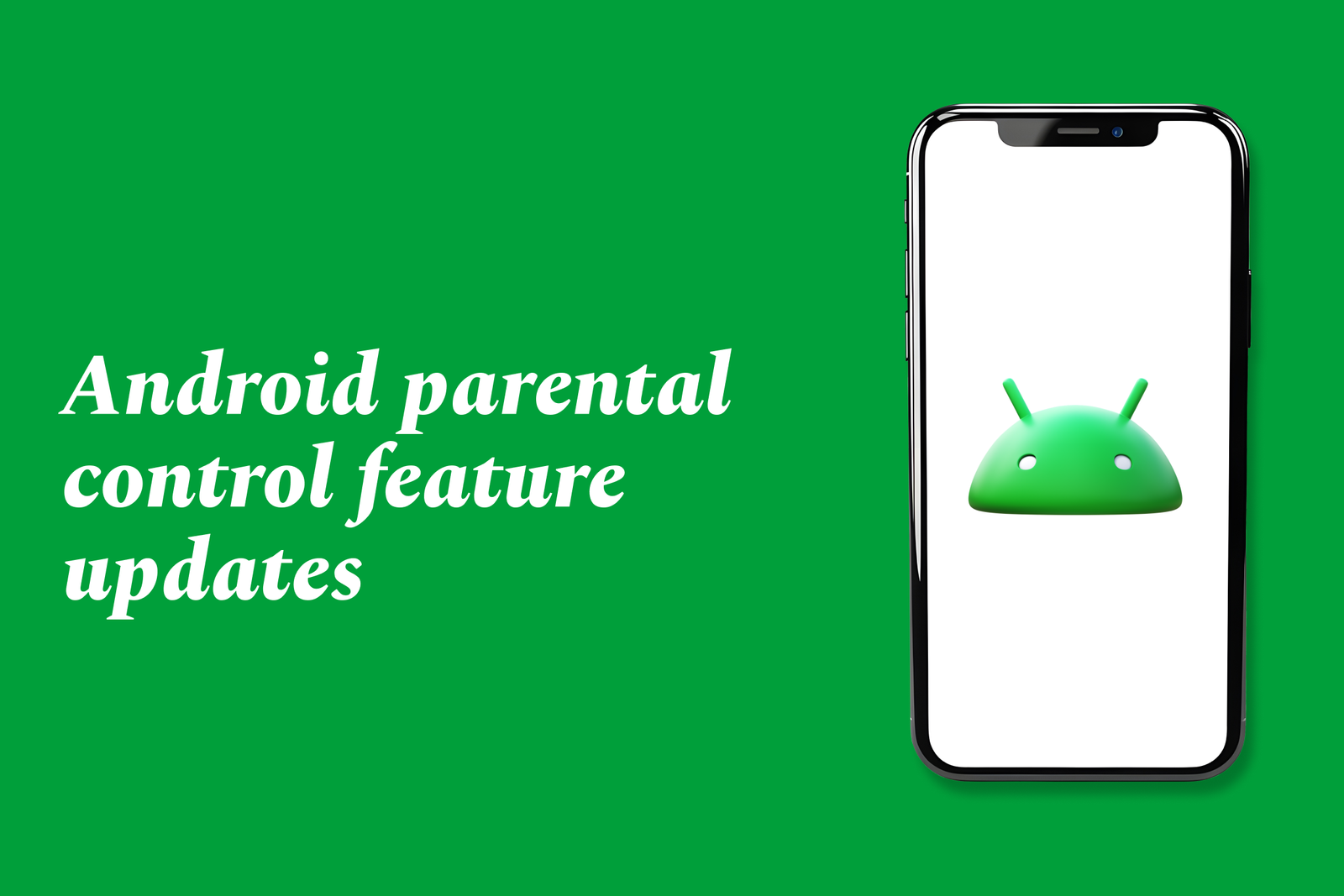Android Voice Assistant Improvements
Android voice assistant improvements enhance hands-free control by integrating smarter, more natural voice commands in Android Auto and CarPlay. Upgrades include better music navigation, AI-powered icon recognition for accessibility, and solutions for seamless connectivity, boosting safety and usability.
Android voice assistant improvements
1 ) Introduction of ARC Voice Control for Android Auto and CarPlay
ARC update now supports integration with Siri and Google Assistant voice control in CarPlay and Android Auto.
Enables safe, hands free music access while driving by using natural voice commands.
New top level tabs—Browse in Android Auto and Search in CarPlay—allow quick navigation to favorite genres and albums.
2 ) Voice Command Features
Users can access voice commands through dedicated Siri and Google Assistant buttons or by simply saying “Hey Siri” or “Hey Google.”
Voice commands support requests with varying specificity, such as general ("Play some James Brown") and detailed commands ("Shuffle my Epic Road Trip Jams playlist").
Voice commands fully integrate with Roon’s metadata system, providing improved music discovery and queuing.
Commands work safely without distracting from driving; histories and recent plays are saved for seamless continuation between car and home listening.
3 ) User Feedback and Priorities
Over 65% of users rely on Roon ARC while driving; more than 50% requested easier navigation and voice integration in Android Auto and CarPlay.
The development prioritized these feature requests to enhance convenience, usability, and safety during driving.
4 ) Connectivity Issues and Tailscale Solution
Some users faced connectivity challenges with ARC due to restrictive internet and cellular service policies, blocking ARC’s port forwarding.
Roon recommends Tailscale, a free, user friendly solution that creates private internet connections, bypassing these restrictions.
Tailscale enables devices in different locations to communicate securely as if on the same local network, enhancing ARC accessibility.
5 ) Google Voice Access Upgrades
Google improved its Voice Access app for Android by enabling it to detect and control on screen icons even without accessibility labels.
The AI model, IconNet, can identify 31 (soon to be 70+) icon types through pixel analysis of screenshots, facilitating better voice control.
This advancement improves accessibility for users with visual or mobility impairments, making Android devices more usable via voice commands.
6 ) Conclusion
These updates reflect a commitment to safety, usability, and accessibility in in car and general Android voice assistant usage.
The improvements prioritize user feedback, connectivity solutions, and enhanced AI capabilities for broader and more seamless voice control experiences.
https://justacademy.in/news-detail/dartconf-2025-highlights
https://justacademy.in/news-detail/breaking-changes-in-latest-flutter-version
https://justacademy.in/news-detail/flutter-vs-react-native-in-2025:-the-real-winner
https://justacademy.in/news-detail/building-ai-first-apps-with-flutter
https://justacademy.in/news-detail/flutter-europe-2025-announcements
Related Posts
Android language support updates enhance the platform by enabling modern Java 8 features like lambdas and method references within Android Studio, improving code efficiency and developer experience without needing the Jack compiler, streamlining app development and build processes.
In 2025, Android enhances privacy with stricter app permissions, improved data encryption, and advanced APIs that give users greater control over their data. System updates focus on secure media handling and transparent, developer-friendly tools to protect personal information seamlessly.
Android offline mode improvements enhance app usability by allowing users to access content and features without an internet connection. These updates enable pre-downloading data, reduce dependency on continuous connectivity, and improve user experience during travel or in low-network areas.
Google Android ecosystem partnerships unite device makers, developers, carriers, and enterprises to build a flexible, secure platform powering billions of devices worldwide. These collaborations drive innovation, expand app access, and enhance user experiences across diverse Android-powered products.
Android social media app updates enhance user experience with improved features like real-time notifications, AI-driven content discovery, expanded communities, and better multimedia support. These updates ensure smoother interactions, faster info sharing, and more personalized social networking on mobile devices.
Android health and fitness app updates focus on improved data sharing, personalized coaching, and enhanced tracking across devices. Key apps like Health Connect, Samsung Health, and Google Fit offer better privacy controls, seamless integration, and support for diverse wellness goals.
Android's multi-user feature lets multiple people have separate profiles on one device, keeping data and apps separate. Recent updates improve user switching, address bugs like Wallet issues, and optimize performance by suspending inactive profiles for smoother multitasking.
Android voice assistant improvements enhance hands-free control by integrating smarter, more natural voice commands in Android Auto and CarPlay. Upgrades include better music navigation, AI-powered icon recognition for accessibility, and solutions for seamless connectivity, boosting safety and usability.
Android apps integrating blockchain leverage decentralized technology to enhance security, transparency, and trust in transactions and data management. These apps enable secure payments, identity verification, and supply chain tracking, revolutionizing mobile experiences across industries.
Android parental control updates enhance child safety by offering real-time monitoring, app notifications sync, screen time limits, app blocking, precise GPS tracking, and location alerts, enabling parents to manage and protect their children's device usage more effectively and securely.
